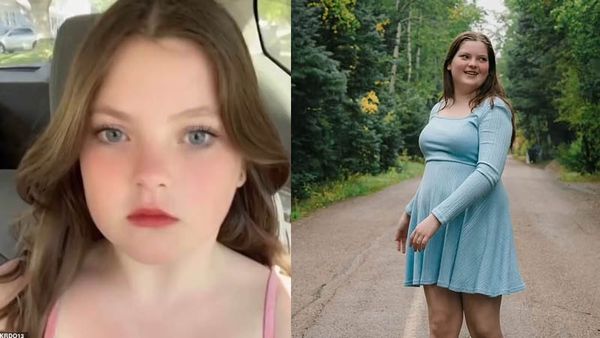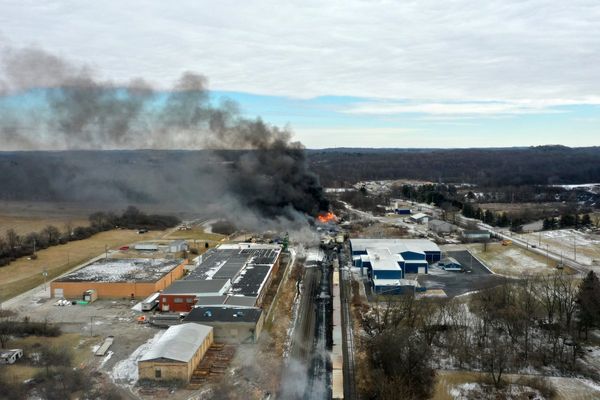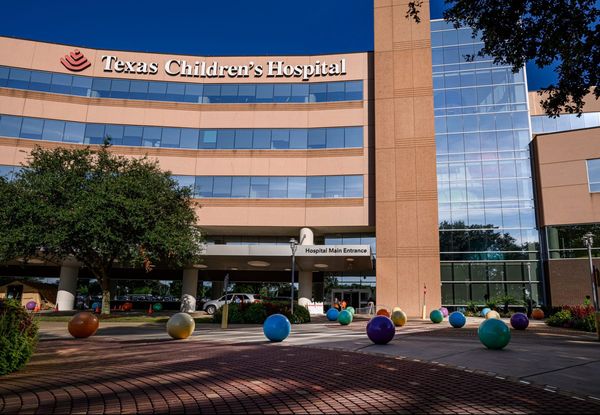
Australia’s 100 wealthiest schools had a combined income of $4.8bn in 2021, data reveals, as calls grow for the federal government to urgently address inequity in the education system.
About $767m of that income came from government funding; the rest from fees, private contributions and donations.
The Greens estimate it would cost an additional $6.6bn a year to ensure all public schools in Australia are fully funded.
Under the Schooling Resource Standard (SRS) – a needs-based model introduced after the Gonski review in 2011 to provide a baseline education to students – an estimated $13,060 is needed for primary students and $16,413 for secondary students.
But the data from the Department of Education via questions on notice, provided exclusively to Guardian Australia by the Greens, shows Australia’s 10 wealthiest schools bank in excess of $40,000 per student annually – more than double the SRS.
Macquarie Grammar School in Sydney’s CBD received the highest funds per student ($59,383) in 2021, or $3.6m in total.
Fees accounted for $2.9m of its revenue, with state and federal government funding accounting for $715,778. The rest came from private sources.
Sydney Grammar and Christ Church Grammar in Melbourne ranked second and third, both receiving in excess of $50,000 per student annually, while Sydney schools St Joseph’s College and SCEGGS Darlinghurst ranked fourth and fifth, respectively.
Cranbrook, Ascham, Korowa Anglican Girls’ School, Kambala and Loreto Kirribilli completed the list.
Victoria had the most schools in the wealthiest 100 (41), followed by New South Wales (39) and Western Australia (nine).
Queensland and South Australia had five each, while one, Canberra Grammar, was in the ACT. None were in the Northern Territory, which, on its current trajectory, will never reach the SRS.
The Greens schools spokesperson, Penny Allman-Payne, said the data highlighted the “inherent absurdity of our school funding model”.
“It defies logic that … private schools that are pocketing $40,000 or $50,000 per student in fees are still subsidised from the public purse,” she said.
“The 100 top private schools by parent contributions also banked a quarter of a billion dollars in funding from governments in 2021.
“That’s enough to close the combined annual public funding shortfall of South Australia, Western Australia, Tasmania and the Northern Territory.”
Labor’s review to inform the next five-year National School Reform Agreement was handed down to education ministers at the end of October.
The review, which will inform future bilateral funding agreements, will be released publicly next month.
Peak bodies, including the Australian Education Union and Save Our Schools, say the next agreement must commit to fully funding public schools by 2028.
A report commissioned by the union and released on Sunday suggested unless reforms were taken, public schools would be underfunded by more than $6bn per year – amounting to about $39bn by 2028.
Under the current model, enacted by the Coalition, the commonwealth has until 2029 to bring overfunded independent schools down to their SRS benchmark, with underfunded public schools to have their funding increased over the same period.
The federal government contributes 20% of the SRS target to public schools, with states and territories making up the rest.
The lead author of the report, Adam Rorris, found that in 2023 alone, private schools were overfunded by about $800m in excess of the SRS, while public schools had a shortfall of $4.5bn.
By 2028, Rorris said, private schools would remain cumulatively overfunded by just short of $3bn.
He said the gap spoke to the “injustice and inequity of governments pleading poor” while putting aside money for elites.
“The private school lobby is very effective and has been able to preserve and defend its privileged overfunded status while public schools haven’t been able to get to minimum funding,” he said.
“It’s a benevolence to privilege and stinginess to those crying out for the resources to get some of the most vulnerable children the minimum educational outcomes.”
Some of the most expensive private schools in the country were also the most overfunded.
Penleigh and Essendon Grammar and Haileybury were expected to be more than $19m overfunded by the commonwealth by 2028, Rorris found, while Loreto Kirribilli, the sixth wealthiest school in the country, was expected to be overfunded by about $10m.
“There’s a massive inequity there,” he said. “Public schools have about 80% of lowest quartile students. It makes a mockery of Australia as the land of the fair go.”
The federal education minister, Jason Clare, said Labor was committed to get every school “on a path” to 100% of its funding level and would consider timelines while negotiating the next agreement in 2024.
“Funding is important. But so is what it is spent on,” he said.
“The current funding agreement doesn’t include targets or reforms to help close the education gap. The next agreement will.”







